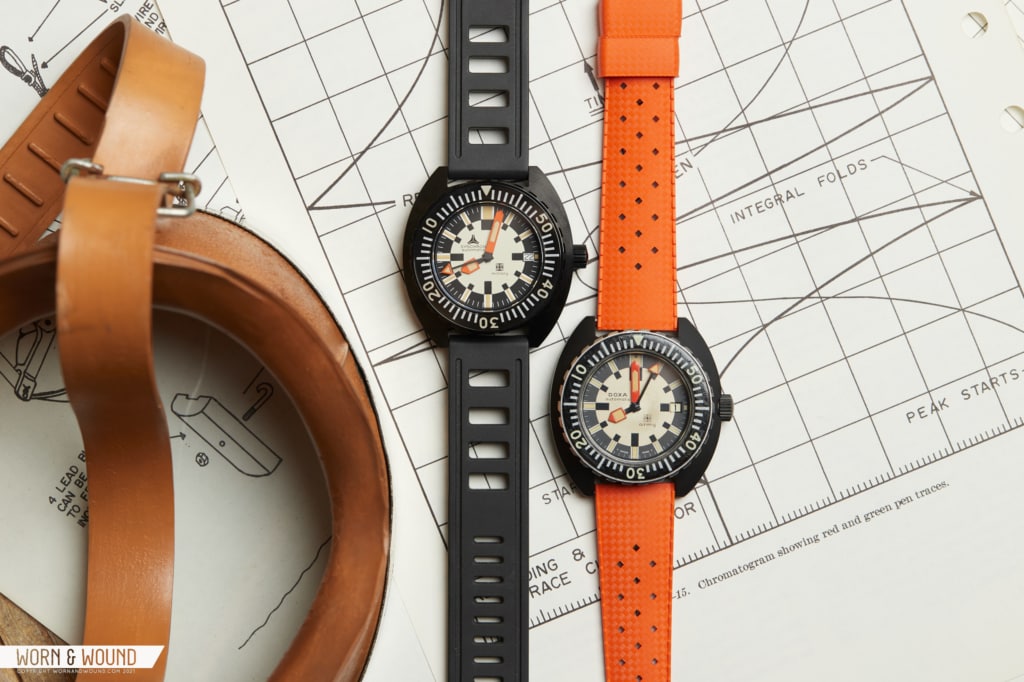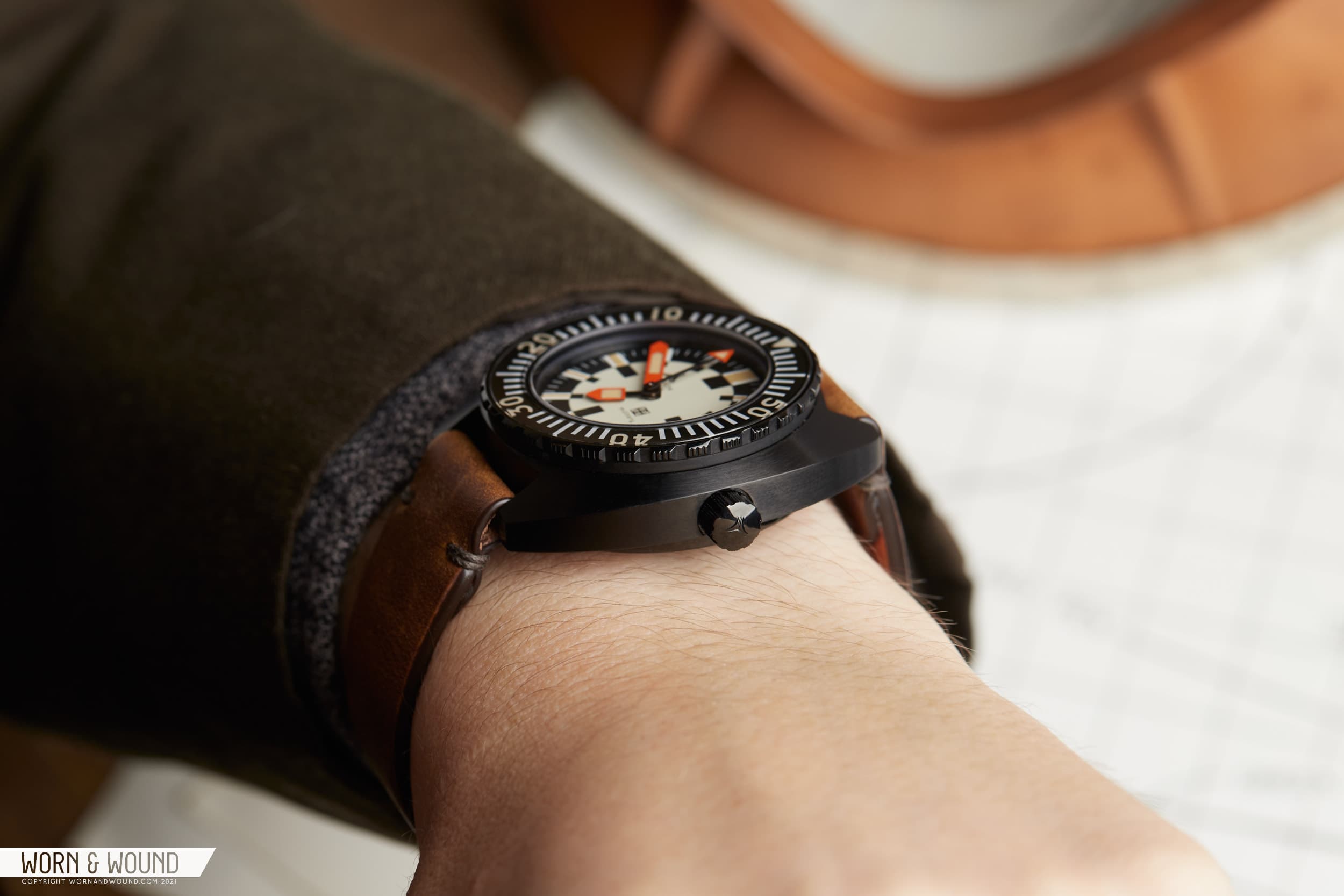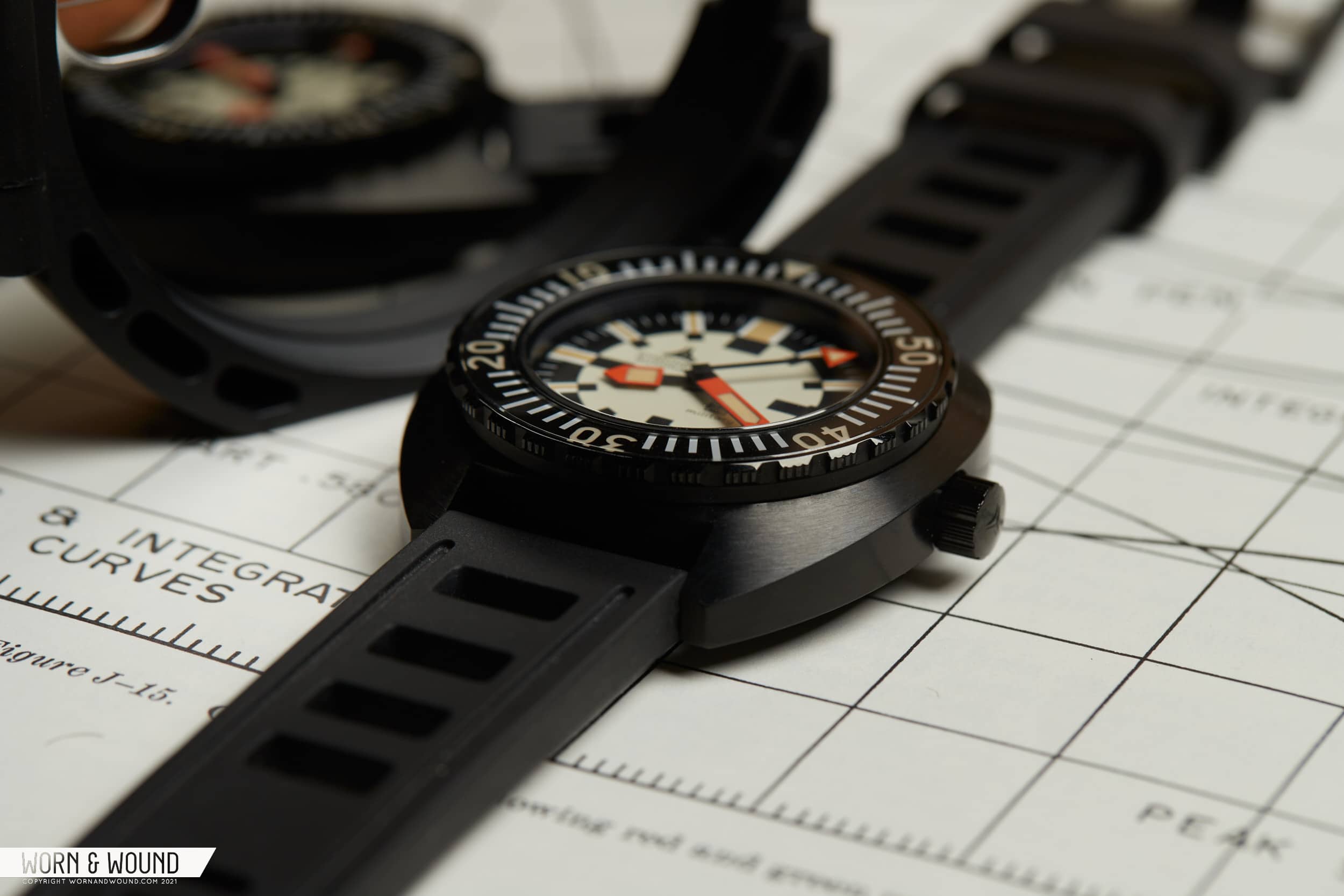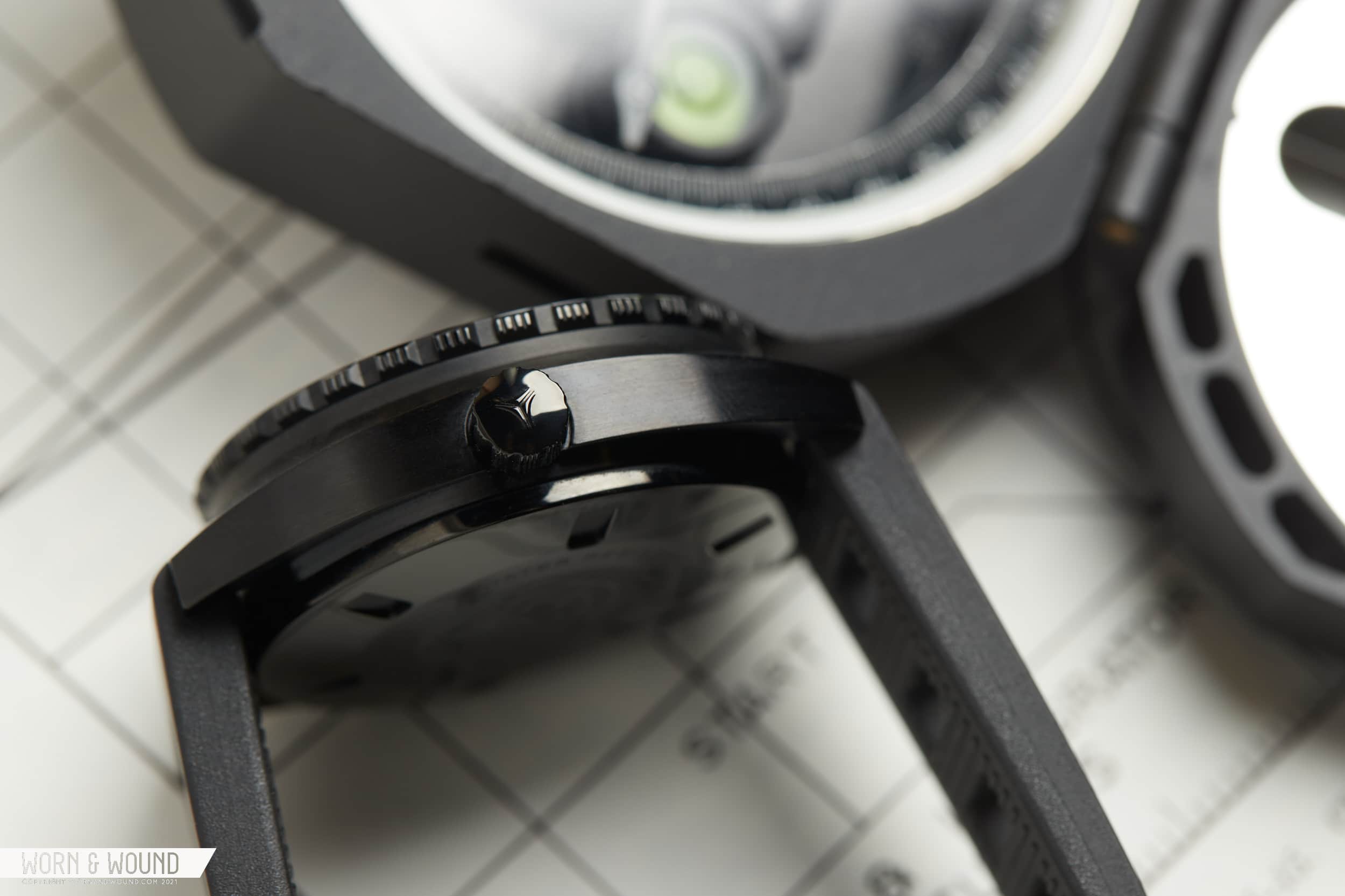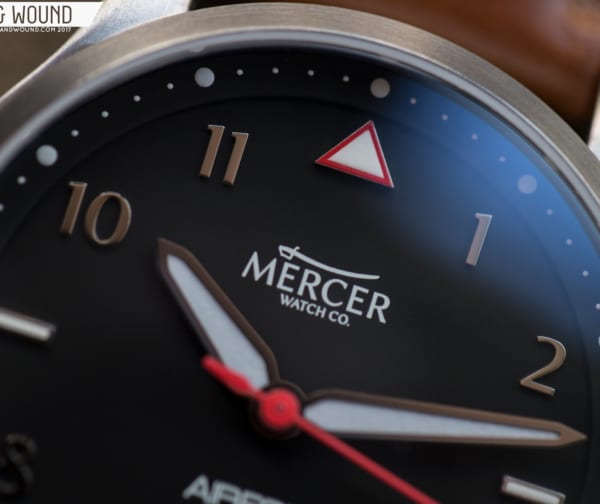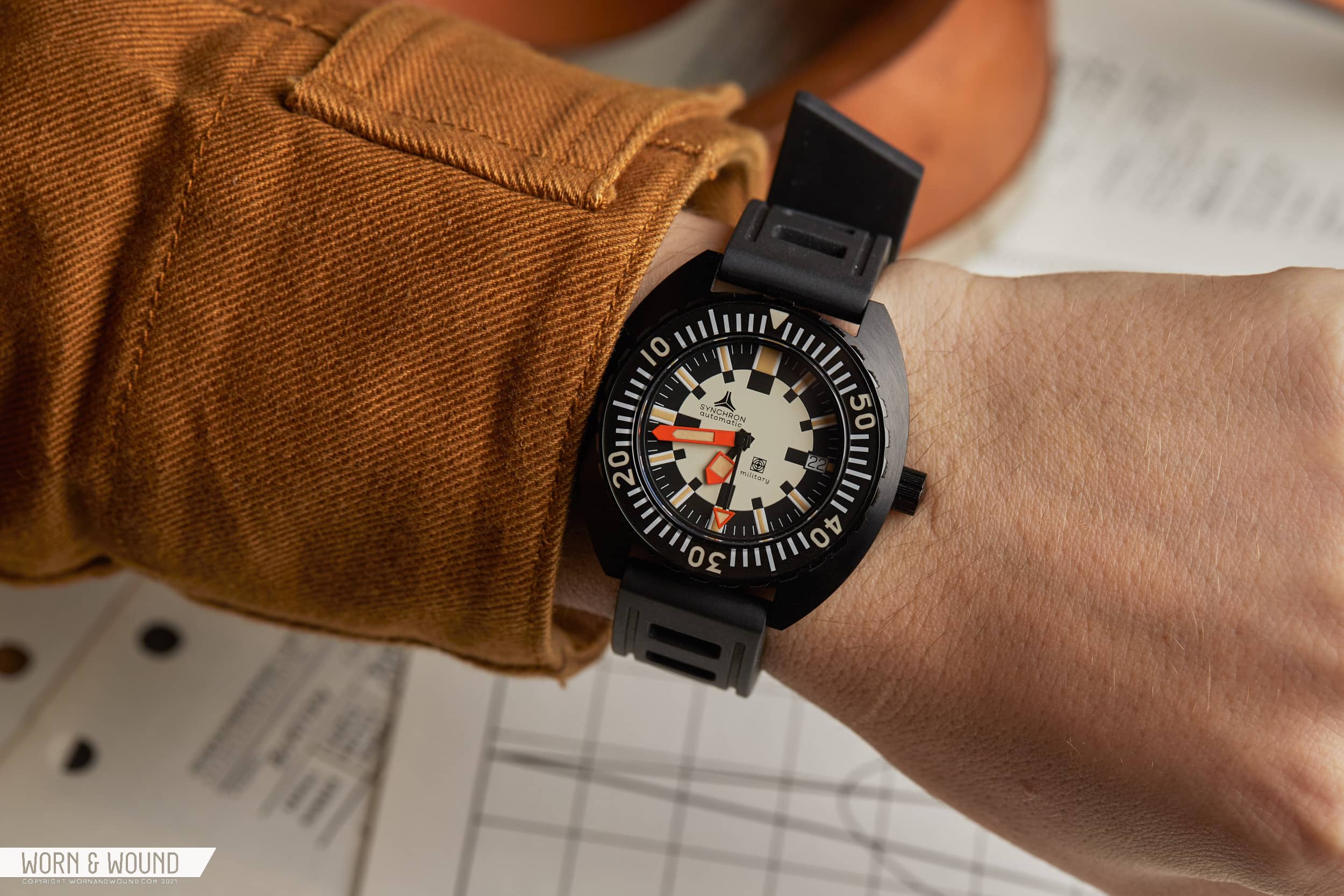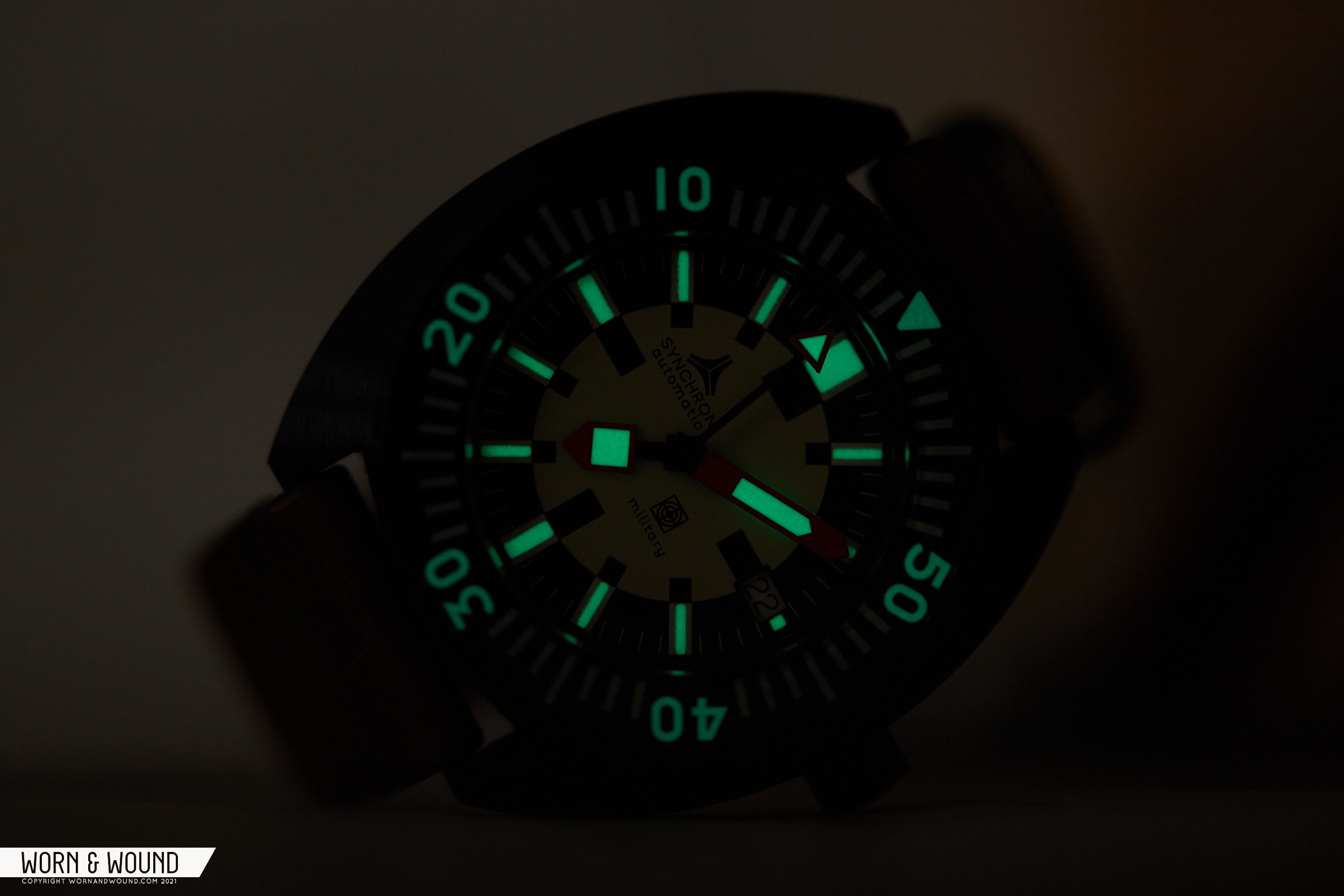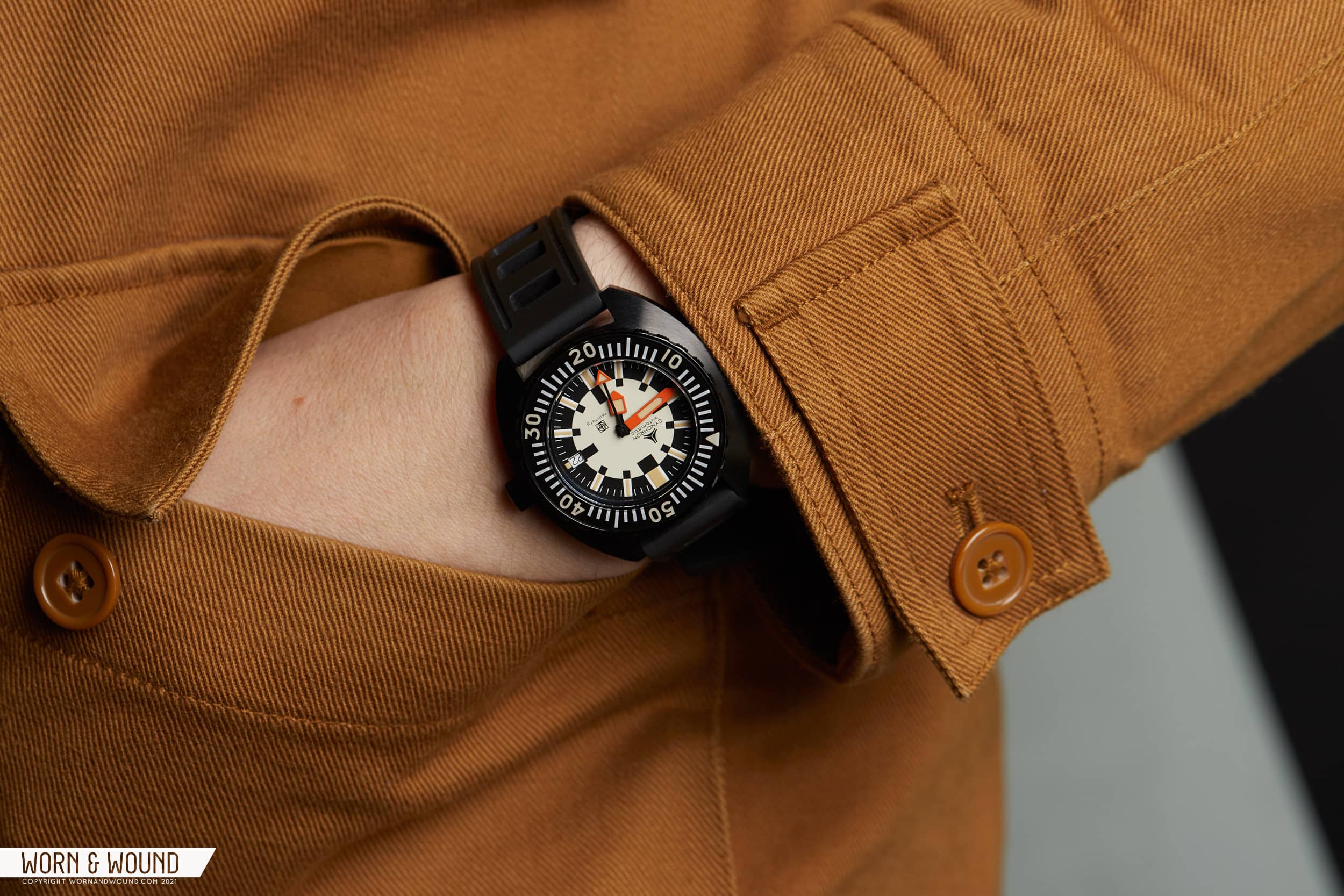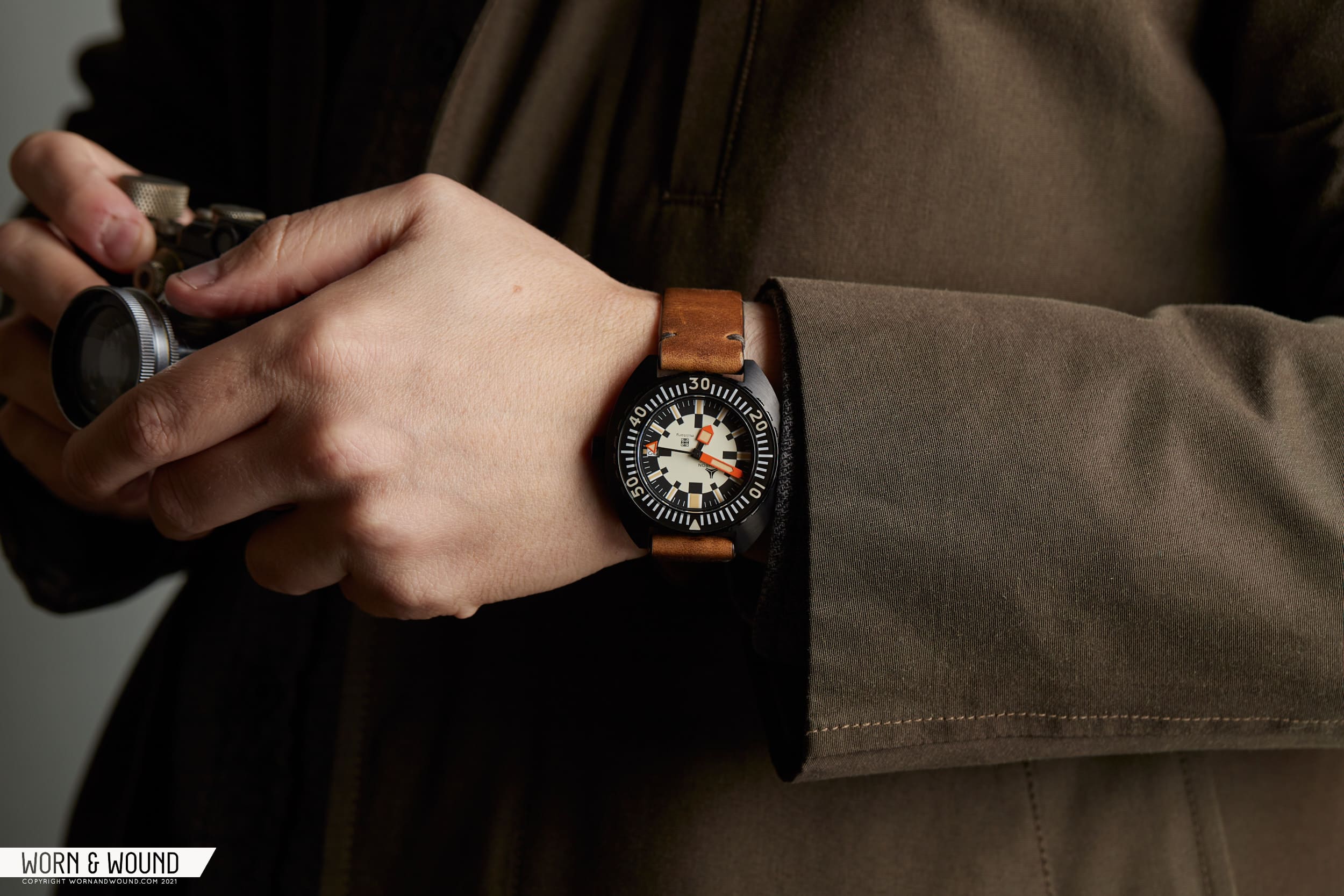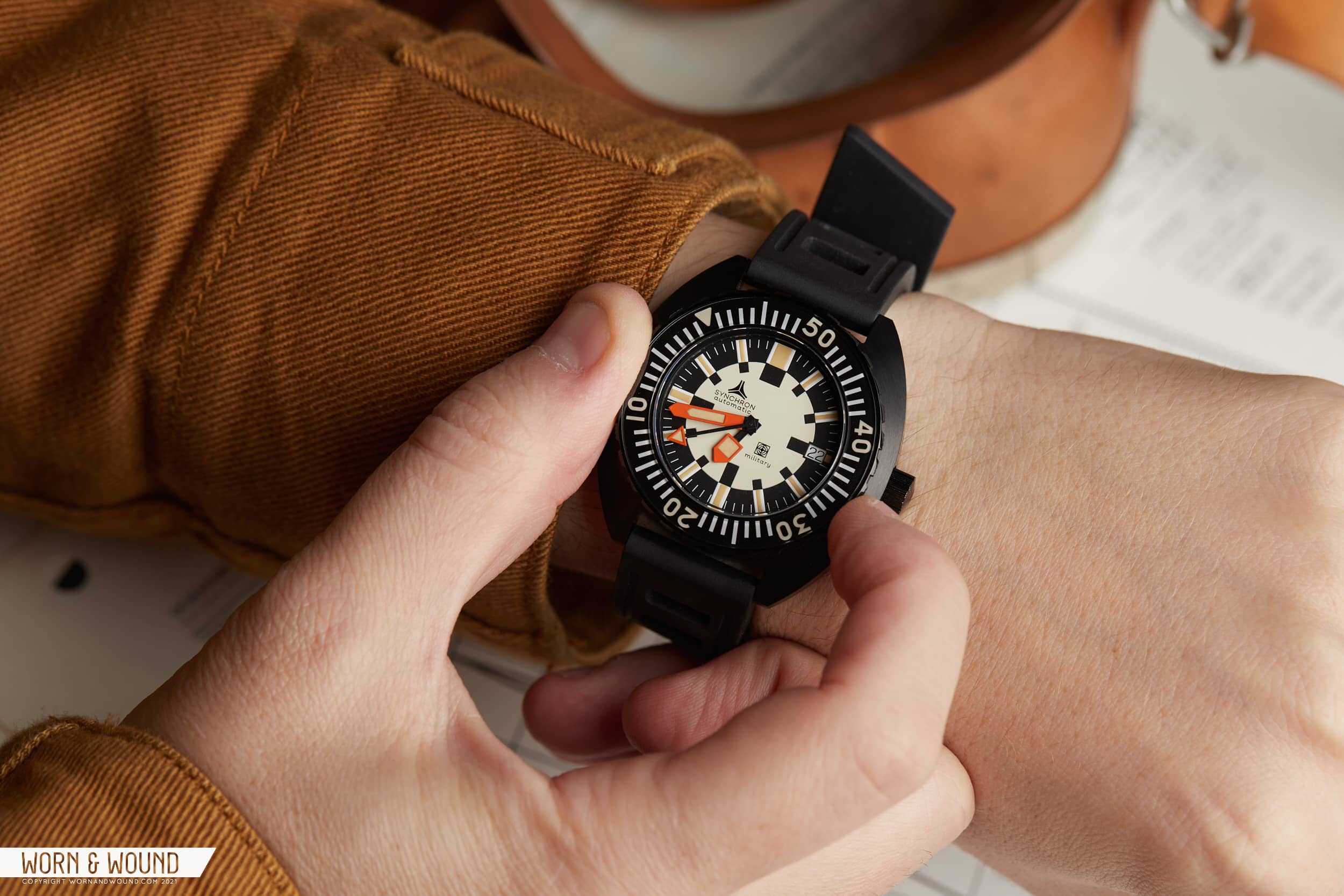Homage watches are and will always be a touchy subject in the watch world. Sometimes shunned, other times adored – but most often ignored, they exist on a razor’s edge of love and hate. They bring about issues of authenticity, exclusivity, creativity, and likely some other -ivities as well. One brand can make a watch one day that flies too close to the sun, while a different band on another day can launch a new cult hit (or win at the GPHG). Should you happen to have the rights to the name of the brand that originally made the watch, even if you and your supply chain are far removed from that brand’s history, you get a pass. Change the name, you might be in for a rough time.
For me, at their best, an homage watch can put the spotlight on a design or story from the history of watches that might have been forgotten, or very obscure in the first place. In doing so, they give new life to something old, spreading the mythology to a new generation, of which I’m a part.
But, I’m not really here to philosophize about homage watches, rather to take a look at a watch that is an homage, and does exactly what I described above. In fact, had it not been for this watch, I likely would have never known about the original. Most of the time, homage watches are based on references that, as an enthusiast, I am at least somewhat aware of. Mil-subs, Fifty Fathoms’, Daytonas, etc. The Synchron Military, however, is based on a very rare and obscure watch I hadn’t heard of: the DOXA Army (admittedly, DOXA is not a brand I’ve spent much time researching).
Of course, if you were to head to Synchron’s website, you wouldn’t know about it either. Not to digress, but this release was one of the more “insider” releases I’ve seen in the industry. Heck, we didn’t even get a press release about it, and by the time we knew it had come out, they were all but gone. So, this review is actually the first time the Synchron Military has graced the pages of Worn & Wound. As for their description of the watch, all you get are some odd blurbs about the 1970s – “Land yachts, wide trousers, big guitar solos, bigger hair. And bold wristwatches. The Seventies was a decade that saw an explosion of style…” and some hyperbole about the watch – “The SYNCHRON MILITARY, with richly reproduced colors, and bold, high-contrast dial markings, this new Synchron Military Frogman Homage represents the pinnacle of dive watch utility.”
No mention of the DOXA Army. No mention of what made it special, or interesting. Nope. You had to know to care. Well, or, like me, just like the damn thing – but I’ll get more to that later. The DOXA Army is one of those watches that has a sort of mythical status. Rarer than hen’s teeth, as they say, allegedly only a handful were made, and likely fewer still exist today particularly in good condition. Some say they have real military provenance, others don’t. What is sure is that in all likelihood, you’ve never seen one before, and, like me, possibly never even heard of it. Luckily, being in NYC, I was able to borrow one (of likely only a few) from the folks over at analogshift for the sake of this review.
With that said, what I find most intriguing about it is its design language. At a glance, you wouldn’t necessarily think it was a DOXA. Their signature split-bezel insert is not present, rather one that is more Omega in flavor, nor their bright orange dial. The hands are odd blocky shapes, and the dial is a two-tone sector-of-sorts that is its own weird thing. Consisting of an inner circle in white/cream with black blocks for and index, and an outer ring in black/dark gray with strips of lume over white rectangles, it’s also not what one typically associates with military designs, which tend to reduce for the sake of legibility.
Yes, the barrel case is there vis-a-vis the Sub 300, but they were hardly the only brand to use them in the ‘70s. And it’s also matte black PVD… that early, scratches-just-by-looking-at-it PVD. It’s a weird watch. It’s a cool watch. It’s its own thing, to paraphrase David S. Pumpkins. Back to the point, as a watch to make an homage to, I think it was a good choice. It’s an odd blip in the history of a popular, if still-cultish-brand, that doesn’t look like a million other watches and is so rare you can’t really expect to ever own one (it’s also a five-figure watch). But, the story doesn’t end quite there.
You see, the brand that made the homage, Synchron, isn’t a new brand either, and they have a strange relationship with DOXA. An earlier version of Synchron actually owned DOXA for a period in ‘60s and ‘70s (vintage DOXA fans are likely aware of what is referred to as the “Synchron-era”). So, it’s possible they were the owner when the DOXA Army was made. Fast forward to 2021, and the modern Synchron is under new ownership, and both a brand, and the group name behind a couple cult-dive watch companies you’re likely familiar with, Aquadive and Aquastar, and they own and manufacture Isofrane and Tropic Straps. So, they know their stuff when it comes to tool watches and divers. Still with me? Well, it gets a bit weirder as the owner of Synchron used to work at… yeah, DOXA.
Does this really matter? No, but it gives the watch a little greater context, and at the very least a look at why they might have even bothered to make the watch in the first place. And, to be honest, none of this relates to why I picked one up. As said, the Synchron Military, which was produced as a limited run of 500, sold out before I even knew about it. But, I happened to see one on a wrist at our Pop-Up shop back in August, and just kind of fell for it. A quick search on WatchRecon a few days later, and one was mine. So, let’s finally review it.









 Featured Videos
Featured Videos





